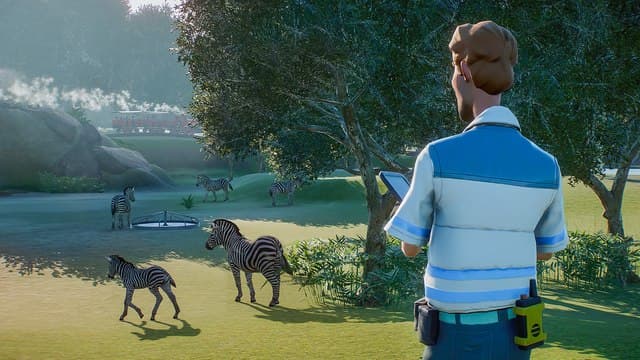0Comments
PUBLISHED
UPDATED
Planet Zoo Tips Guide - 6 Things the Game Doesn’t Tell You
About the Author
Sam Desatoff
Fueled by too much coffee, Sam is a freelance writer with bylines at GameDaily, IGN, PC Gamer and more. Get in touch with him on Twitter (@sdesatoff) or email him at sdesatoff@gmail.com.
Newest


